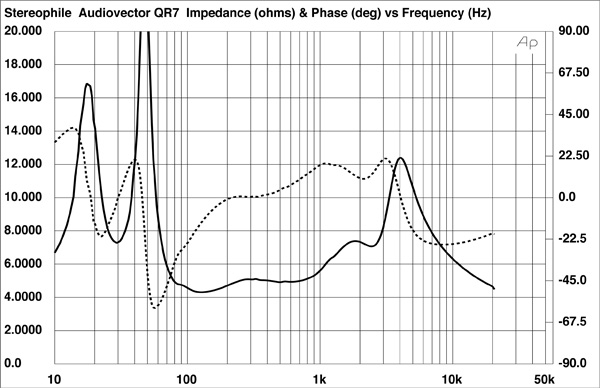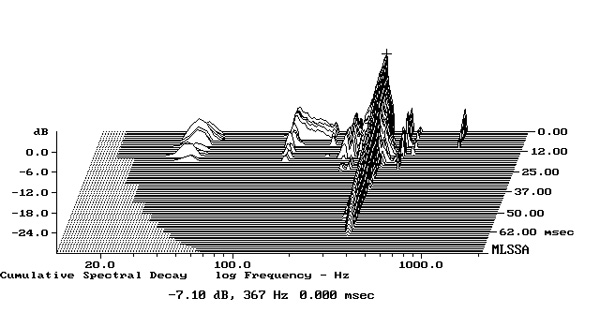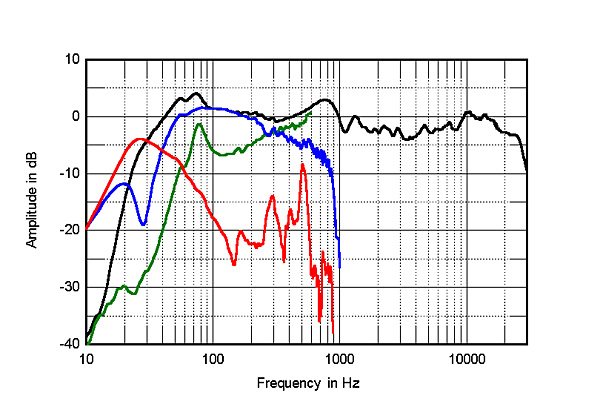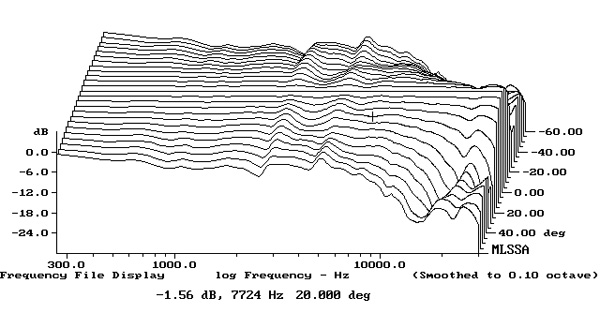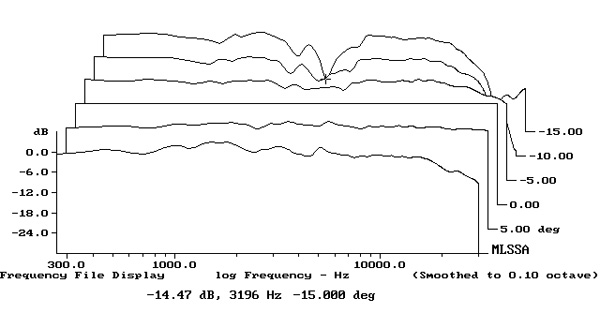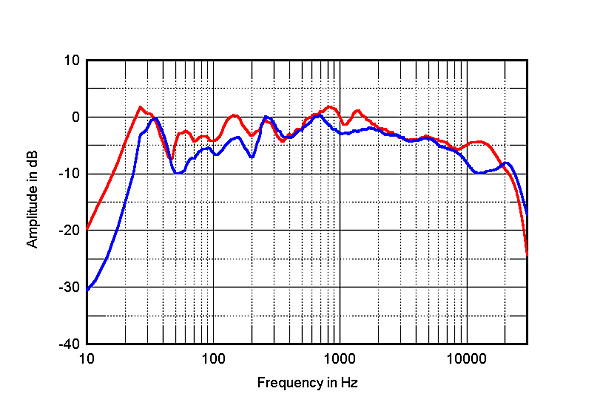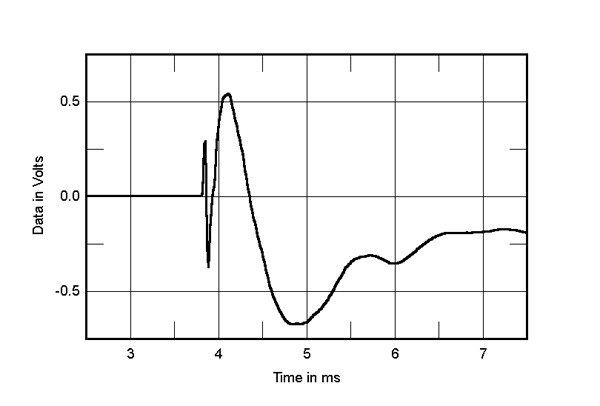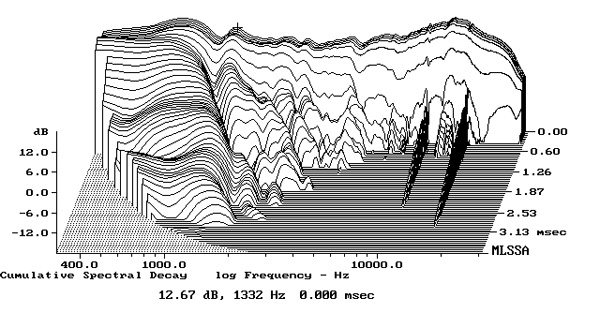| Columns Retired Columns & Blogs |
Seem to be almost a mimic of the German Elac, which I own and very impressed with also, have very similar driver construction aluminum sandwich no dust cap, planer/ribbon tweeter even measure similar.
https://www.elac.com/category/floorstanding-speakers/vela-fs409/
Then there's Elac's big boys
https://www.elac.com/category/floorstanding-speakers/concentro/
Cheers George
